Home>Ideas and Tips>Indoor Lucky Bamboo Care Tips for Easy-to-Grow Houseplants
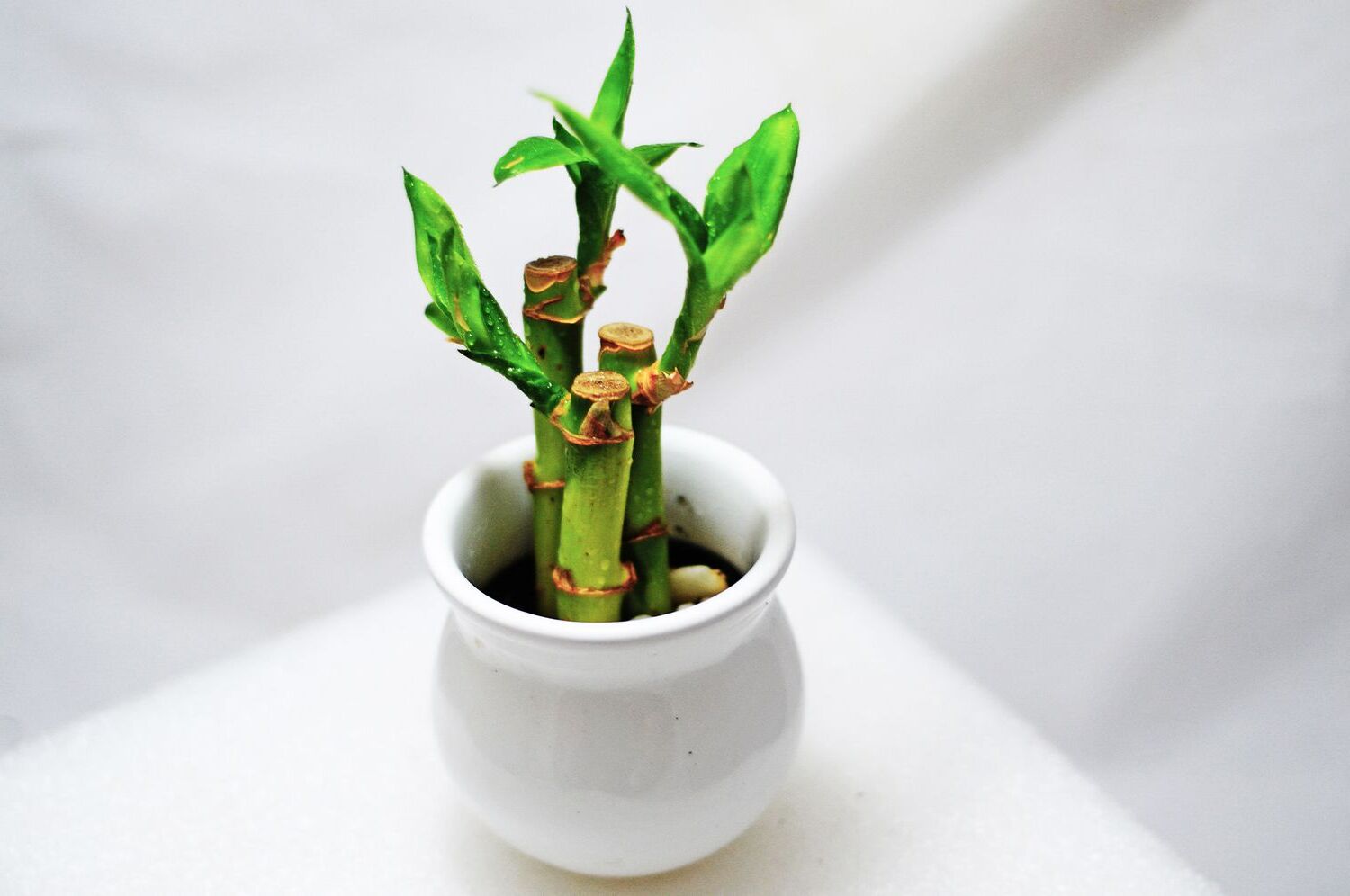

Ideas and Tips
Indoor Lucky Bamboo Care Tips for Easy-to-Grow Houseplants
Modified: October 27, 2024
Discover essential tips for indoor lucky bamboo care, from watering to light needs, ensuring your easy-to-grow houseplant thrives.
(Many of the links in this article redirect to a specific reviewed product. Your purchase of these products through affiliate links helps to generate commission for Storables.com, at no extra cost. Learn more)
Lucky bamboo, scientifically known as Dracaena sanderiana, has become a popular choice for indoor gardening due to its unique appearance, low maintenance requirements, and believed auspicious properties in Chinese culture. This plant is not technically bamboo but rather a type of Dracaena that grows naturally in Africa. Its ability to thrive in water makes it an ideal choice for indoor decoration and air purification. In this article, we will guide you through the essential aspects of planting, growing, and caring for your lucky bamboo, as well as propagation, potting, and common threats to watch out for.
Botanical Name and Common Names
The botanical name of lucky bamboo is Dracaena sanderiana. It is also commonly known as lucky bamboo, friendship bamboo, or ribbon plant. This plant belongs to the Asparagaceae family and is classified as a perennial shrub.
Read also: 15 Amazing Lucky Bamboo Fertilizer for 2025
Hardiness Zones and Sun Exposure
Lucky bamboo is typically grown indoors and is hardy in USDA hardiness zones 10 to 11. When it comes to sun exposure, lucky bamboo prefers partial shade to bright indirect light. Direct sunlight can cause the leaves to turn yellow or even scorch, so it's essential to place your plant near filtered or indirect sunlight.
Soil Type and pH Range
While lucky bamboo can thrive in water, it can also be grown in well-draining potting mix. The soil should be acidic with a pH range that is conducive to its growth. If you choose to grow your plant in soil, make sure it is moist but not soaked. Adding perlite or sand to the mix can help prevent water from pooling around the roots, which can lead to root rot or other fungal diseases.
Watering
The primary method of growing lucky bamboo is hydroponics, which involves growing the plant in water. If you choose to grow your plant in water, it's crucial to use distilled or pure spring water. Tap water can contain chlorine and other chemicals that can harm the plant. If you must use tap water, let it sit out for 24 hours to allow the chlorine to evaporate.
When growing in water, change the water every week to prevent the growth of harmful microorganisms and keep your plant healthy. Make sure that the water is always completely covering the roots. Add a bit of water every two to seven days as needed. Completely change the water every two to three months or more frequently if you find the water giving off a foul odor.
Temperature and Humidity
Lucky bamboo prefers warmer temperatures, ranging between 65°F and 90°F. Avoid placing your plant anywhere near a draft (hot or cold), in front of an air conditioner, heating vent, or by a drafty window. Average humidity is fine for your lucky bamboo plant, so don't stress about increasing the levels in your home.
Fertilization
While fertilization is not necessary for lucky bamboo, it can help keep your plant healthy. If you decide to fertilize, use a weak liquid fertilizer at ¼ strength. However, if you notice yellow leaves, stop fertilizing immediately. Replace the water with distilled water. Plants grown in water will only need to be fed every other month or so using a very weak liquid fertilizer.
Pruning
Lucky bamboo will benefit from occasional pruning. Over time, it may become top-heavy or lose its intricate shapes. To maintain its appearance, trim offshoots using sterile snippers and cut them back to within an inch or two of the main stem. New shoots will soon emerge with fuller growth. To discourage new growth, dip the cut end in paraffin.
Propagation
Propagating lucky bamboo is relatively easy and can be done through stem cuttings. Here’s a step-by-step guide:
- Prepare the Vessel: Clean your watertight container with dish soap or bleach and warm water. Rinse it thoroughly and let it dry before use.
- Take Cuttings: Trim healthy cuttings from the mother plant, ensuring at least one leaf joint is present at the end of each cutting.
- Trim Cuttings: Remove the leaves from the bottom of the stem, leaving two to three inches of bare stem cutting below the water line.
- Rooting: Fill the container with distilled or filtered water, making sure the bottom of the cuttings is fully submerged. Rooting hormones can be used to promote faster root growth.
- Optimum Conditions: Keep the water fresh, provide filtered light, and maintain slightly warmer temperatures to encourage root growth.
- Transfer: Once the roots have formed, transfer your rooted lucky bamboo to a clean vase with fresh water and decorative pebbles for added support and aesthetics.
Common Problems and Fixes
Yellowing Stalks
If your bamboo stalks are turning yellow in water, it could be due to several reasons. The most common cause is too little light. Lucky bamboo typically grows towards the light source, so if you notice it leaning in one direction, it may be an indication that it needs to be rotated or placed in a different spot. Another reason could be overwatering or poor water quality. Change the water immediately and ensure that it is fresh and free from chlorine and other chemicals.
Mushy Stalks
If the bamboo stalks themselves begin to rot or turn mushy and black, they are likely beyond saving. Remove any affected parts to prevent further damage and ensure that the remaining plant is healthy.
Spider Mites
In summer when the sun is coming in hot through the window, your lucky bamboo is more likely to struggle with spider mites. Watch out for delicate webbing on the leaves or between the leaves and stems. Spray it off with water and treat weekly with neem oil until they're gone.
Additional Care Tips
Rotating the Plant
To encourage even growth and shape, rotate your lucky bamboo regularly. This will help the plant grow towards the light source evenly, preventing it from becoming leggy or scraggly.
Pebble Plantings
If you choose to grow your lucky bamboo in pebbles, change the water weekly. Make sure that the water is always completely covering the roots. Add a bit of water every two to seven days as needed. Completely change the water every two to three months or more frequently if you find the water giving off a foul odor.
Fertilizing Pebble Plantings
Plants grown in pebbles will only need to be fed every other month or so using a very weak liquid fertilizer. Healthy lucky bamboo roots are red, so don't be alarmed if you can see red roots floating in a glass vase.
Potting
If you prefer to grow your lucky bamboo in soil, make sure it is well-draining and rich in organic matter. The pot size should be just slightly larger than the root ball to prevent overwatering and stagnant soil.
Symbolic Meaning
Lucky bamboo is not only a beautiful and low-maintenance plant but also a symbol of good luck and prosperity in many cultures. The number of stalks in an arrangement can signify its meaning:
- Two Stalks: love and marriage
- Three Stalks: happiness and positive vibes
- Four Stalks: rarely used due to its association with death in Chinese culture
- Five Stalks: success or balance, peace, harmony, and power in all areas of your life
- Six Stalks: good luck and wealth
- Seven Stalks: good health
- Eight Stalks: represents growth
- Nine Stalks: great luck
- Ten Stalks: perfection and all-powerful blessing
- Twenty-one Stalks: represents longevity and good fortune
Conclusion
Lucky bamboo is an excellent choice for indoor gardening due to its ease of care and believed auspicious properties. By following these tips on light, soil, water, temperature, fertilization, pruning, propagation, common problems, and symbolic meaning, you can ensure that your lucky bamboo thrives and brings positive energy to your home or office. Whether you choose to grow it in water or soil, this versatile plant is sure to add an exotic touch to any space while purifying the air and symbolizing good fortune.
Was this page helpful?
At Storables.com, we guarantee accurate and reliable information. Our content, validated by Expert Board Contributors, is crafted following stringent Editorial Policies. We're committed to providing you with well-researched, expert-backed insights for all your informational needs.
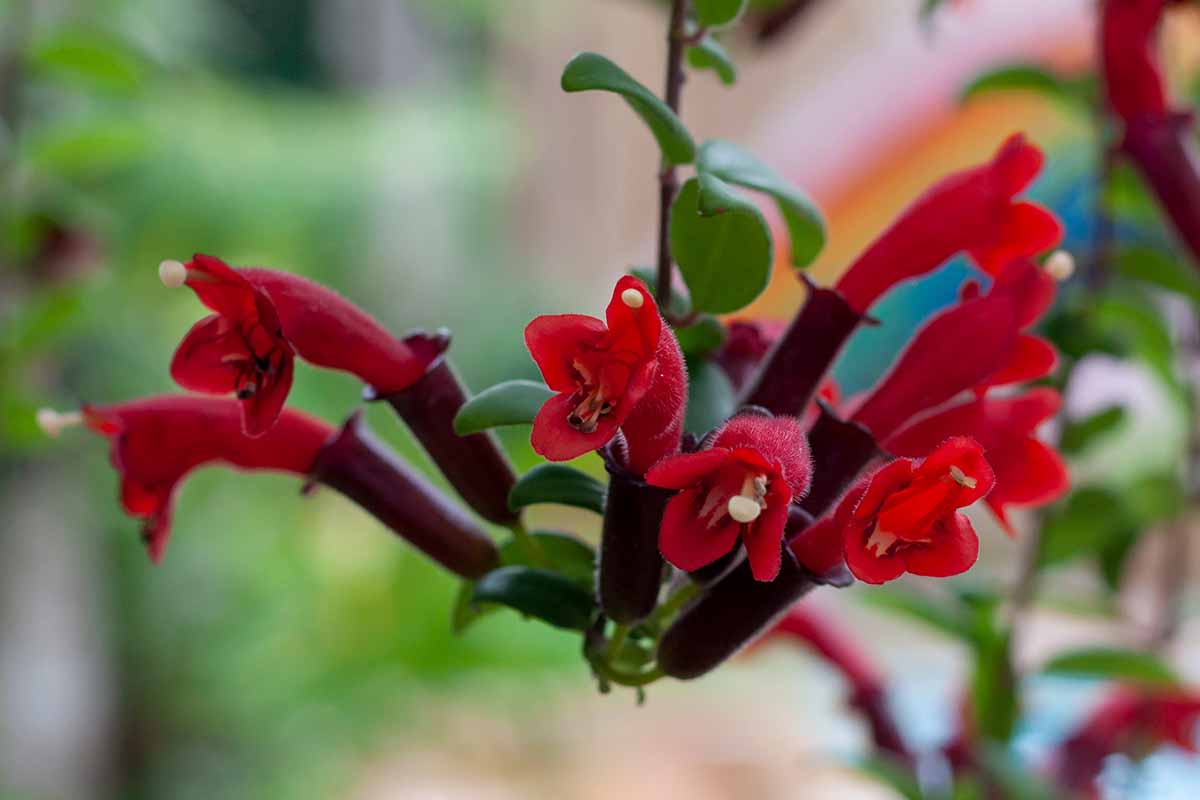
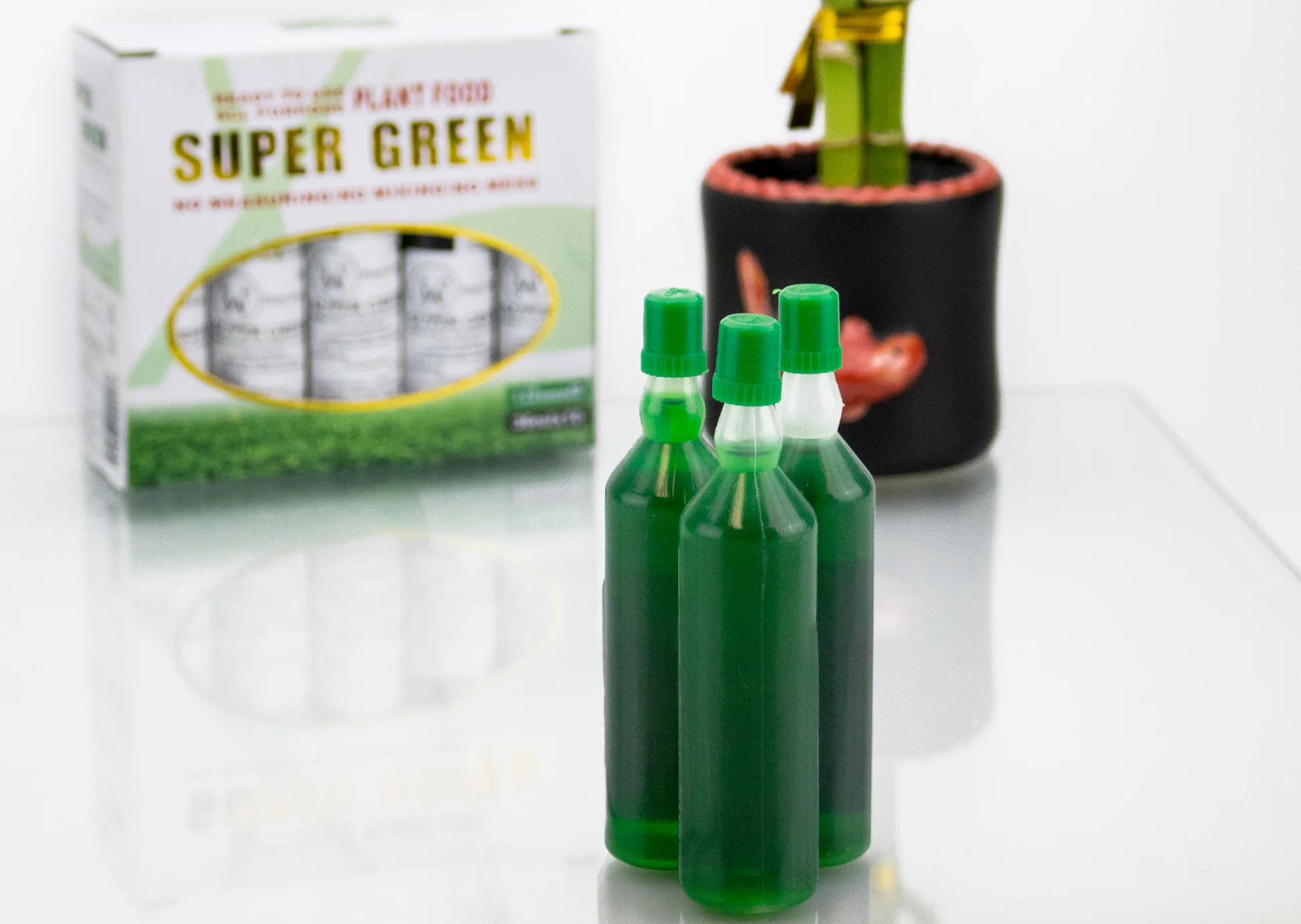
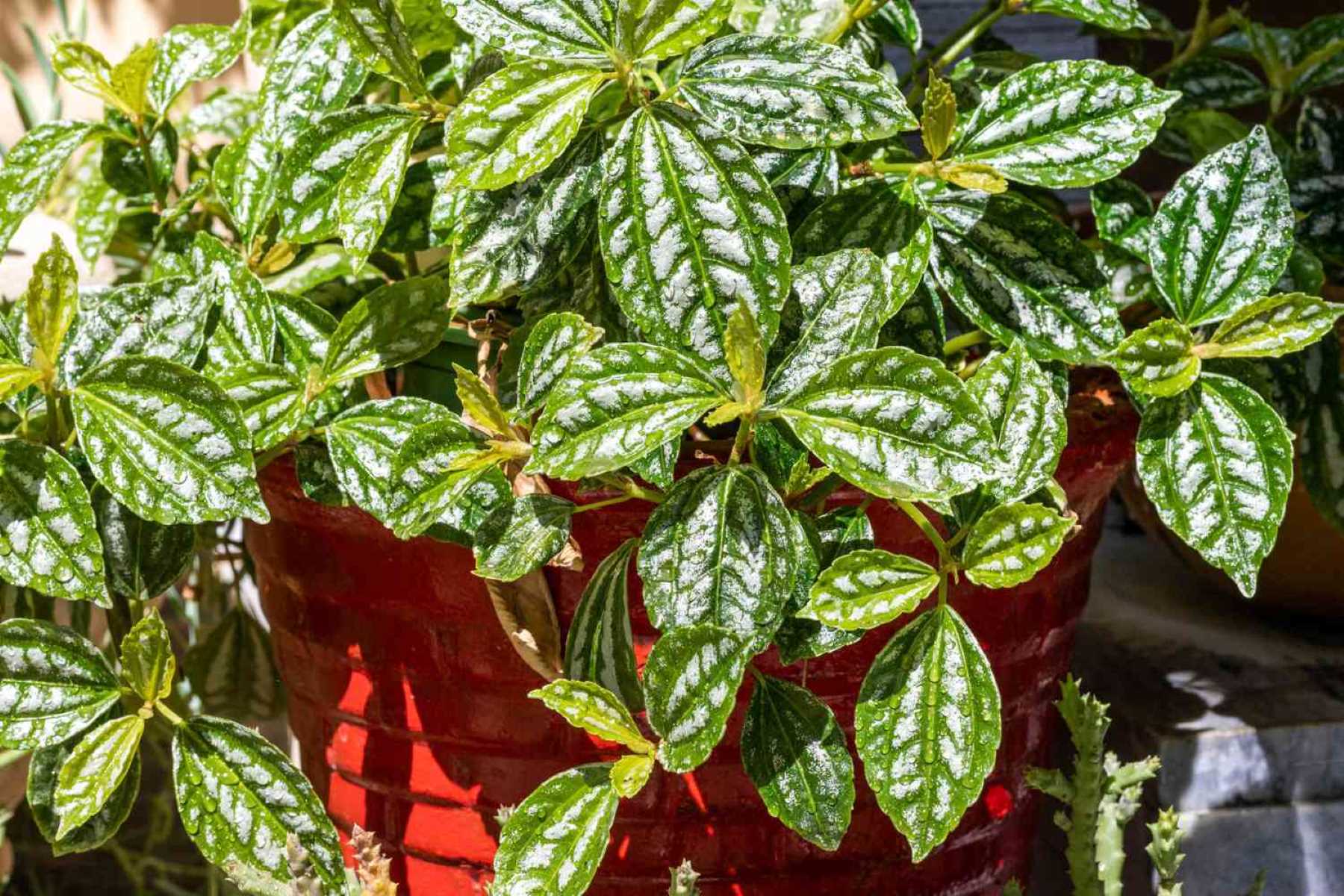
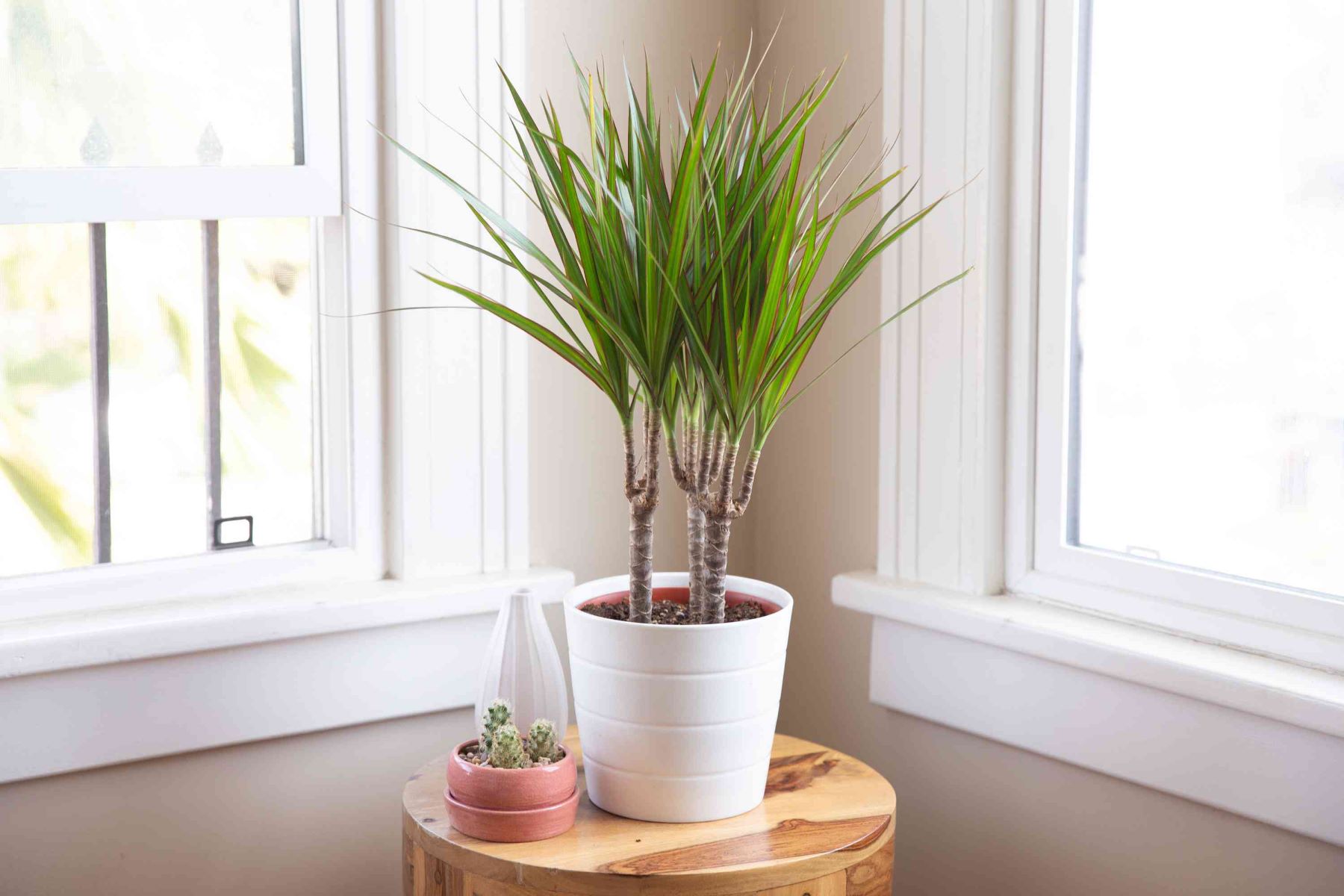
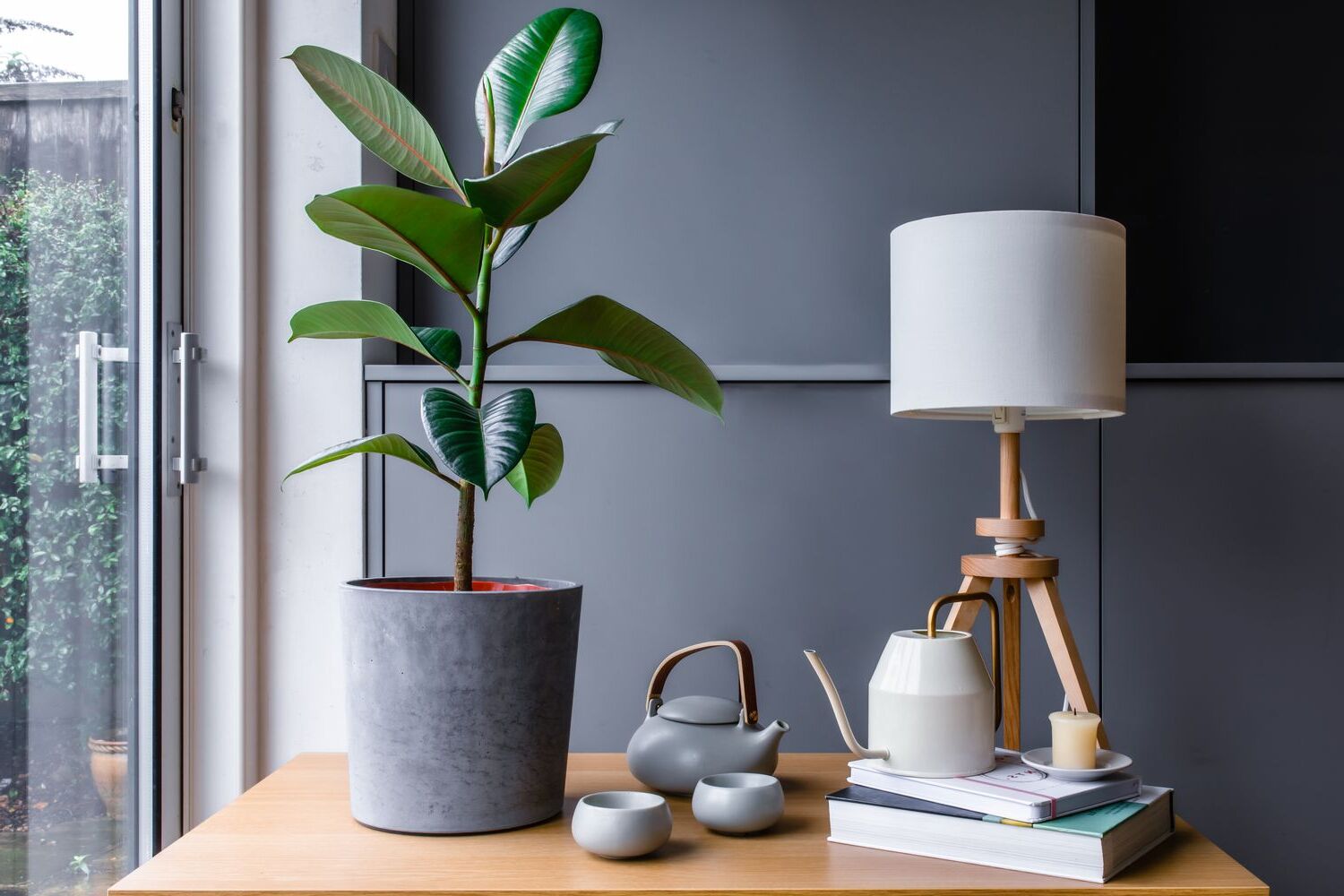
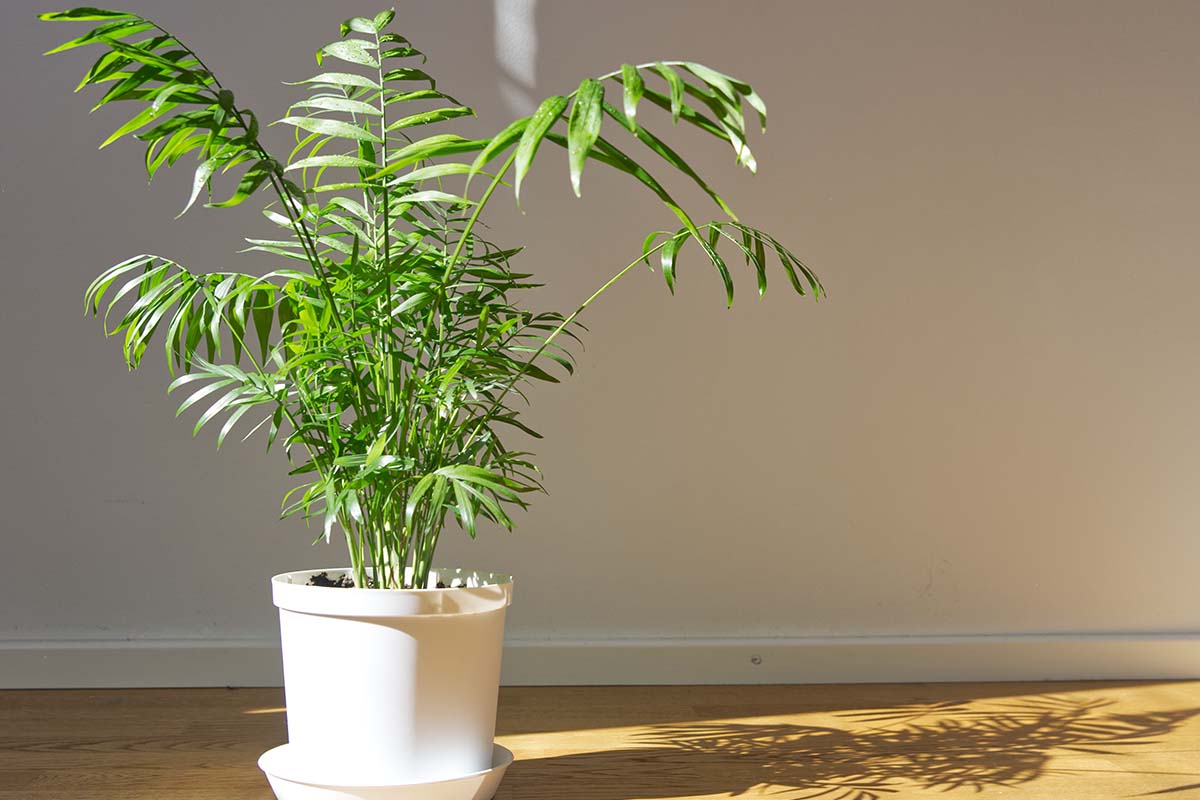
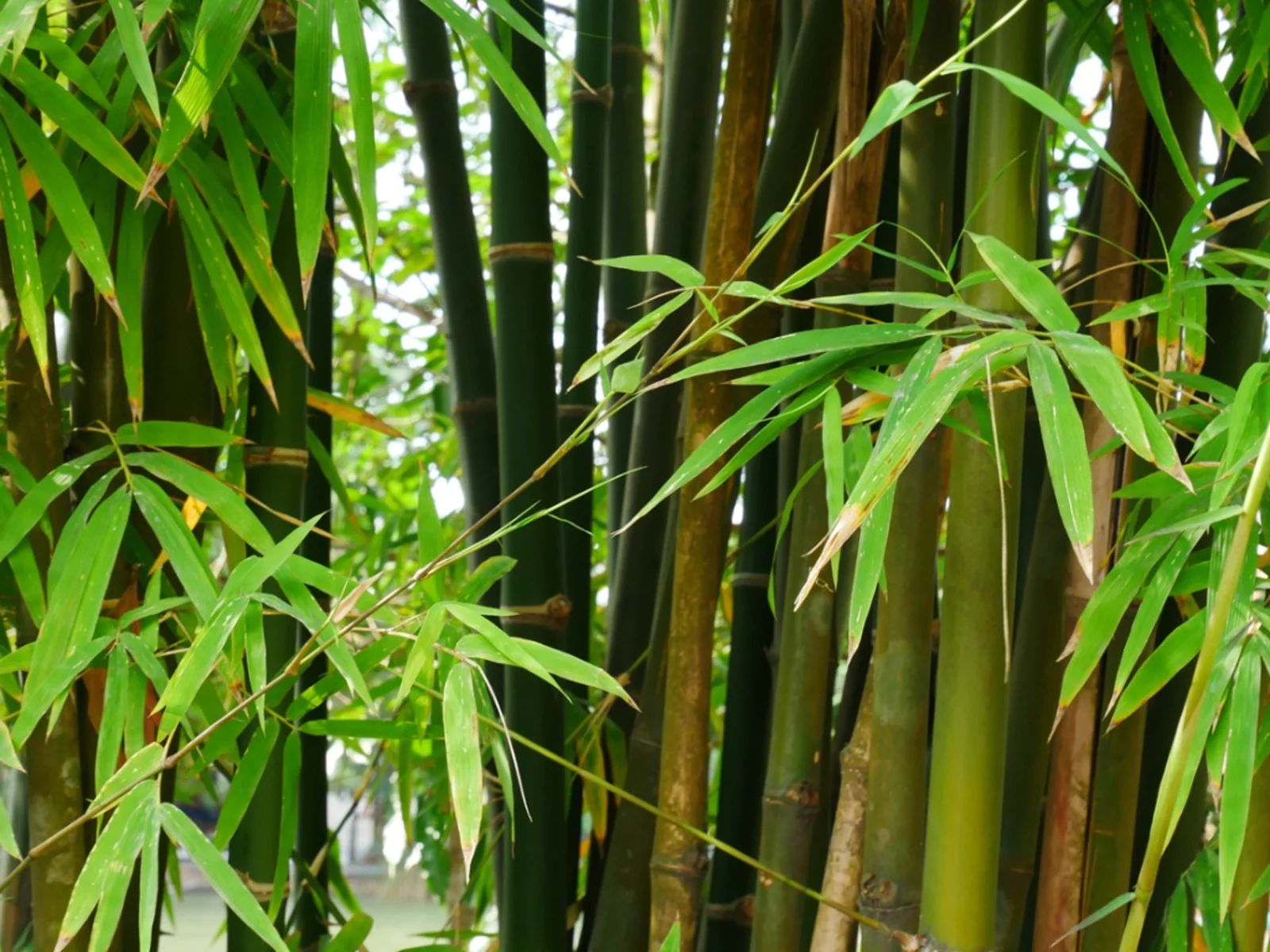
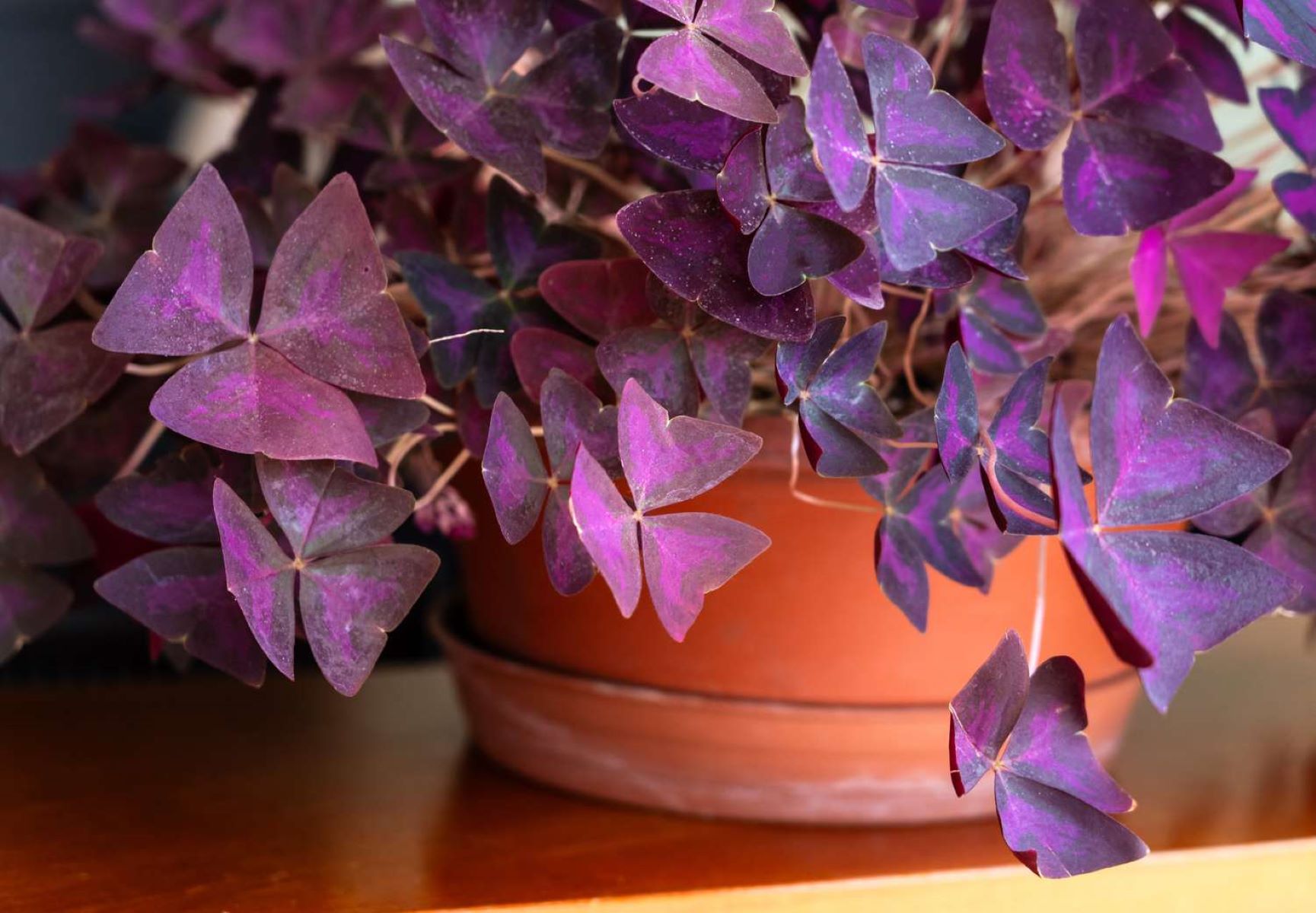
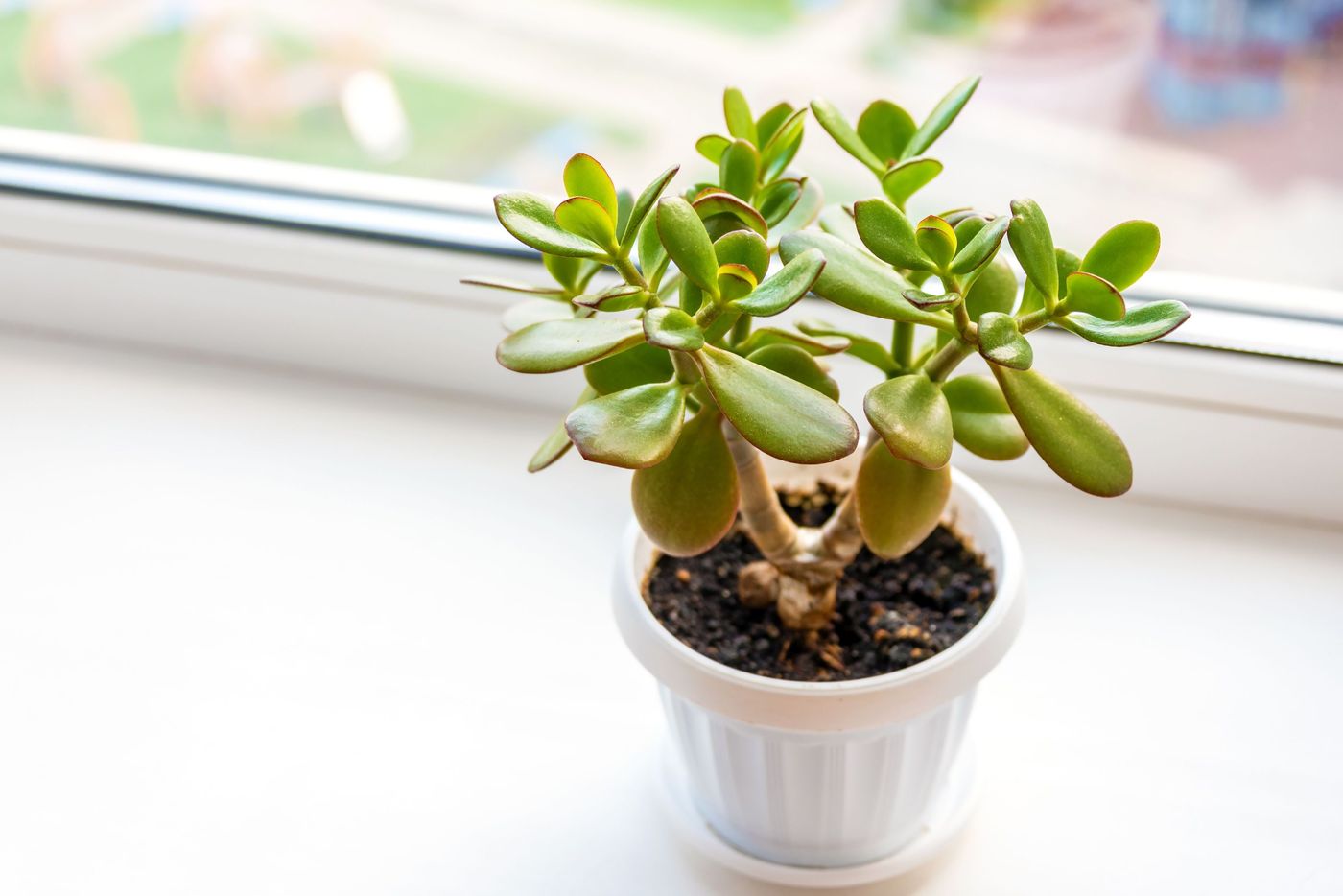
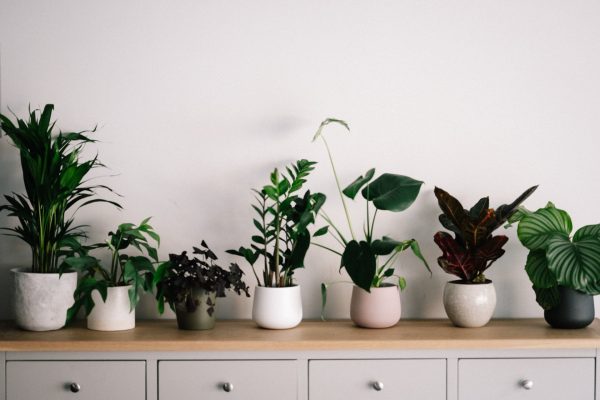
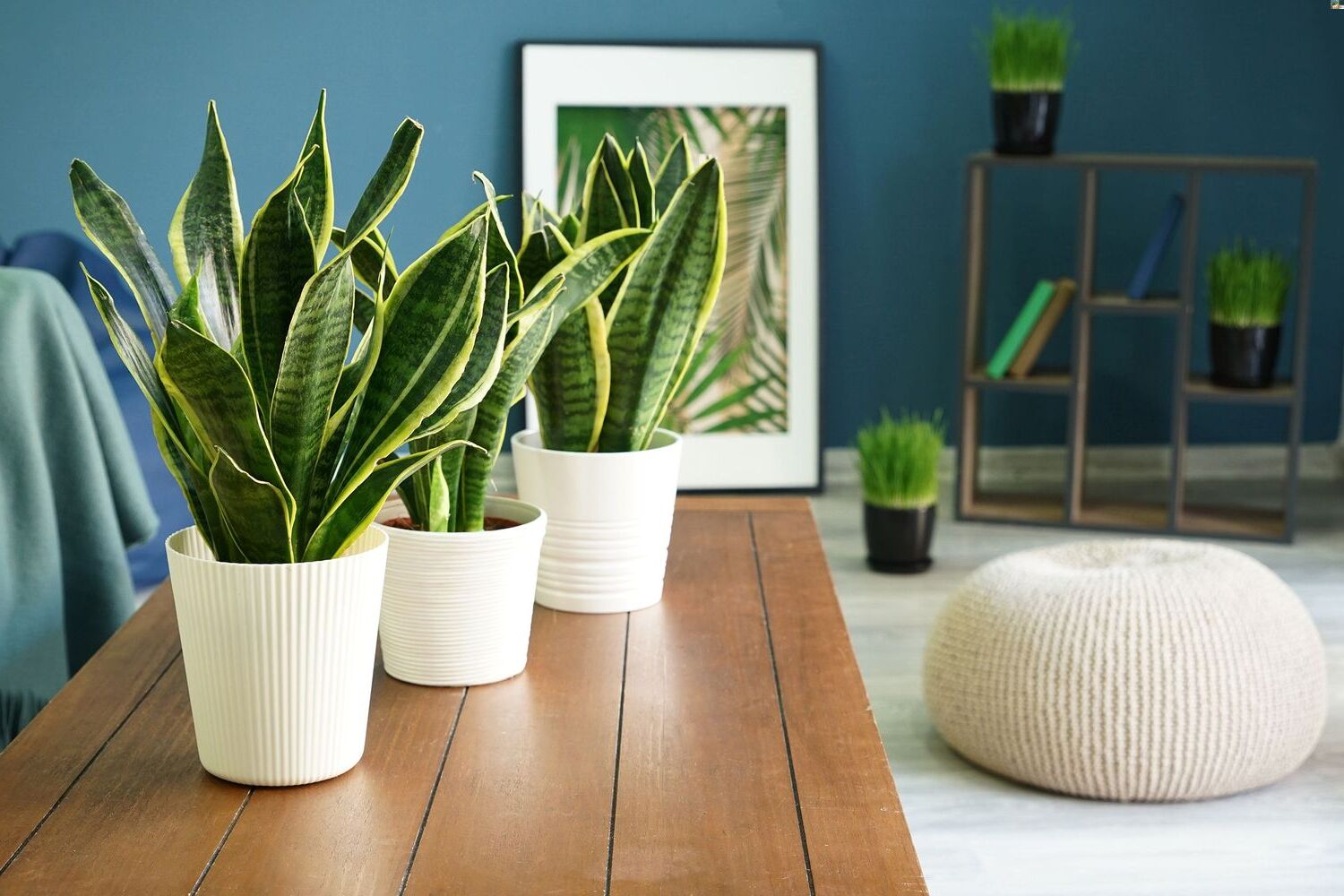

0 thoughts on “Indoor Lucky Bamboo Care Tips for Easy-to-Grow Houseplants”